02/10/2025 - 04/10/2025
The ad boldly declared: “Vilnius—the G-spot of Europe. Nobody knows where it is, but when you find it—it’s amazing”. Be as it may, one derives pleasure from genetic research: delving into manuscript materials uncovers the historical contexts the author faced, touches on the intertextual influences the writer engaged with, and pulls the archive reader into discussions about the work’s reception. Reconstructing the genesis means intruding into various realities—both credible and possible—of the work under development. It also involves tracking the mimetic operations employed when the creative mind transforms everyday experiences into fiction and vice versa. However, these textual and non-textual realms reach the scholar in fragments.
Geneticists have persistently experimented with the problem of the perception gap adopting various methods: differentiating creative processes (cf. Genesis 2017), comparing practices across different arts (cf. Genesis 2022), or consulting creative agencies (cf. Genesis 2023). In the words of Aristotle, both genetic scholars and writers operate similarly: “the poet’s job is not relating what actually happened, but rather the kind of thing that would happen” (Poetics, 1451a). Aligning two seemingly impassable mazes of literary studies—genetic reconstruction and mimesis—thus means inspecting the emergence of meaning. From initializing to modifying and, to some extent, stabilizing it, the author (or the critic) inscribes himself into the generative algorithm of surrounding discourses (cf. a semiotic approach by Algirdas Julius Greimas) and constantly breaks this code when creative impulses incite. Integrity and fragility counterbalance each other in the composition process: fictionalizing acts can be recognized within what’s perceived as authorial documentation, while editing sometimes equally both refines and obscures articulated ideas,
et cetera.
Revision may continue ad infinitum, although it remains a mystery how the author determines the moment of aesthesis. Besides, the way geneticist rationalizes the construction materials of the cathartic recoil literature causes in the reader, may not necessarily match with the author’s or editor’s vision for the work’s effect. The language of the conference is English with possible sessions in French, if offered.
» It is a great pleasure and a great honour for me to open this new international conference dedicated to genetic criticism on behalf of the Institute for Modern Texts and Manuscripts (ITEM).
“Genesis – Vilnius 2025” is the sixth in a series of meetings that began in Helsinki in 2017, followed by Cracow in 2019, Oxford in 2022, Taipei in 2023, and Bologna in 2024. For the most part these conferences have been held within the bounds of the European continent, though their venues have ranged from this continent’s far north to its south. Thanks to Peng Yi, however, who organized the 2023 event in Taiwan, the Genesis Conferences have extended their span out of Europe, and the West altogether, into Asia.
In the discipline’s early years practitioners of genetic criticism were sometimes looked upon as eccentric individuals who spent their time transcribing crossed-out passages in author’s texts, wasting months of effort on such seemingly unfruitful matters. Some were of the view that the labour of genetic critics was expended mostly in vain, yielding little in the end but interminable surveys of the tiniest, seemingly most trivial details of texts and manuscripts. Now, it is certainly true that the description of manuscripts, and the transcription of all that is in them, is an indispensable stage in our work. It is also true that we spent a great deal of time poring, with our magnifying glasses, over erasures. But it was not labour lost, because it was the best way to enter into the concrete mechanisms of invention and of creative intelligence, so that we can better understand them. Thanks to this patient work genetic criticism has brought to light another form of textuality that challenges the classic methods of interpretation, these latter having been founded for a long time solely on texts fixed once and for all. Thus, genetic criticism makes possible a profound revision and renovation of our understanding of creative works and creative individualities. The fruits of this approach are more and more clearly evident in the publications which are produced every year in what is now a flourishing field.
The next three days are going to be devoted to a wonderful topic of discussion: Genesis & Mimesis. It is a very challenging topic, both for philosophers and for literary scholars. A topic like this leads us, in fact, down to the very roots of our culture, passing through the work of such authors as Plato and Auerbach and beyond. Mimesis is nothing less than one of the key modalities of our relation to truth and to what is real. By thinking, side by side with one another, genesis and mimesis, it becomes possible to envisage mimesis not only as a result which ensures the solidity of the literary or artistic work, thereby producing the illusion of reality or a relation to what is true, but also as a process, as a path toward producing or achieving these same results.
But mimesis may also be intended in another sense: that of an imitation of models – i.e. of other texts and authors – through which a writer tries to find his own way toward originality. This too is a lively and exciting field of scholarly inquiry.
Very probably, the three days set aside for this will not be enough to thoroughly explore the field of fundamental questions which opens up before us here. Nevertheless, this luminous idea proposed for Genesis Vilnius 2025 by Professor Paulius Subačius, who has been the principal initiator and organizer of this conference, will surely open up a series of exciting avenues of exploration which will be followed out still further in the future. Let me extend, then, my warmest thanks to you and to all the participants, and wish all of us good fortune in the work ahead! »
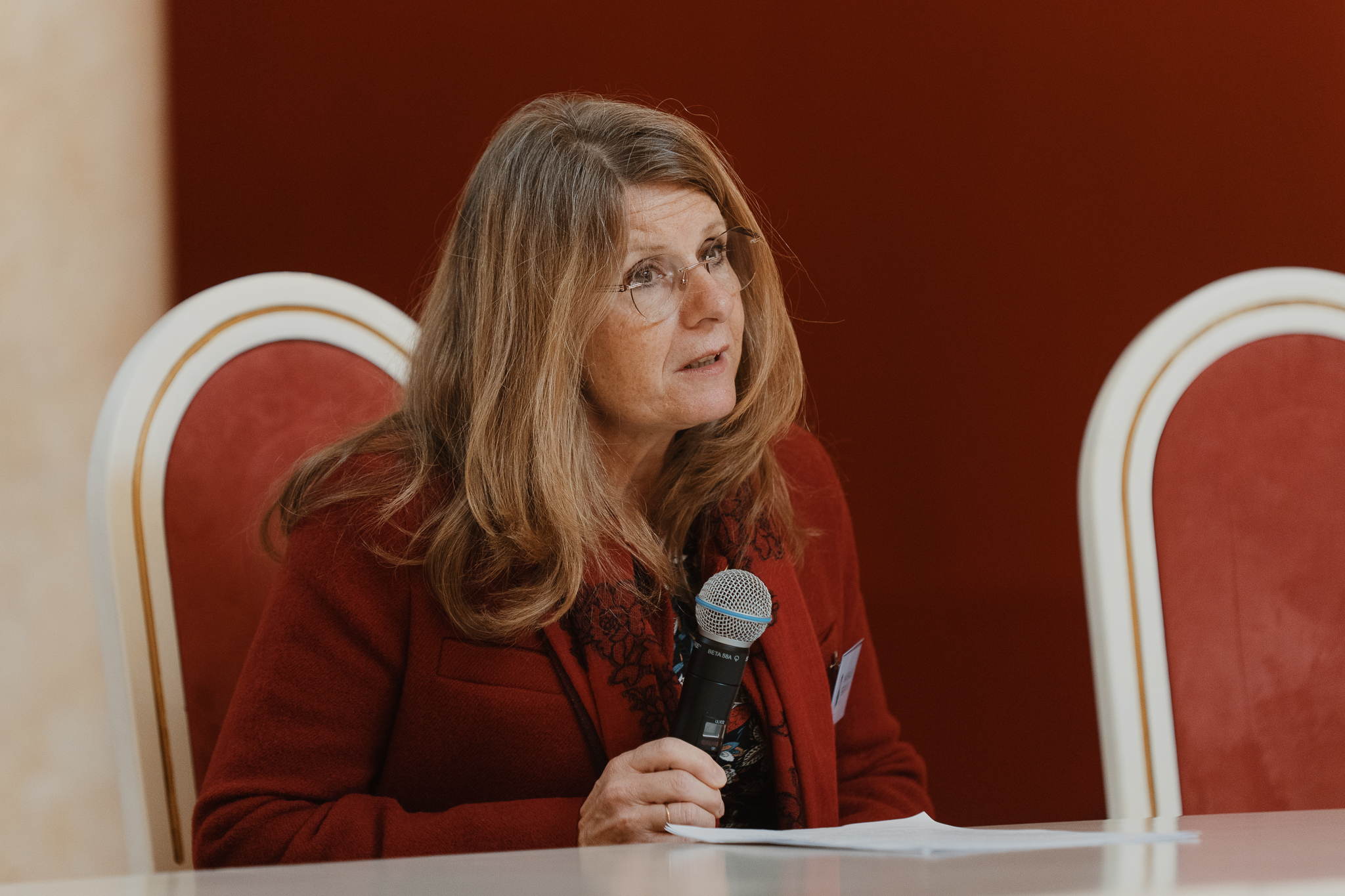
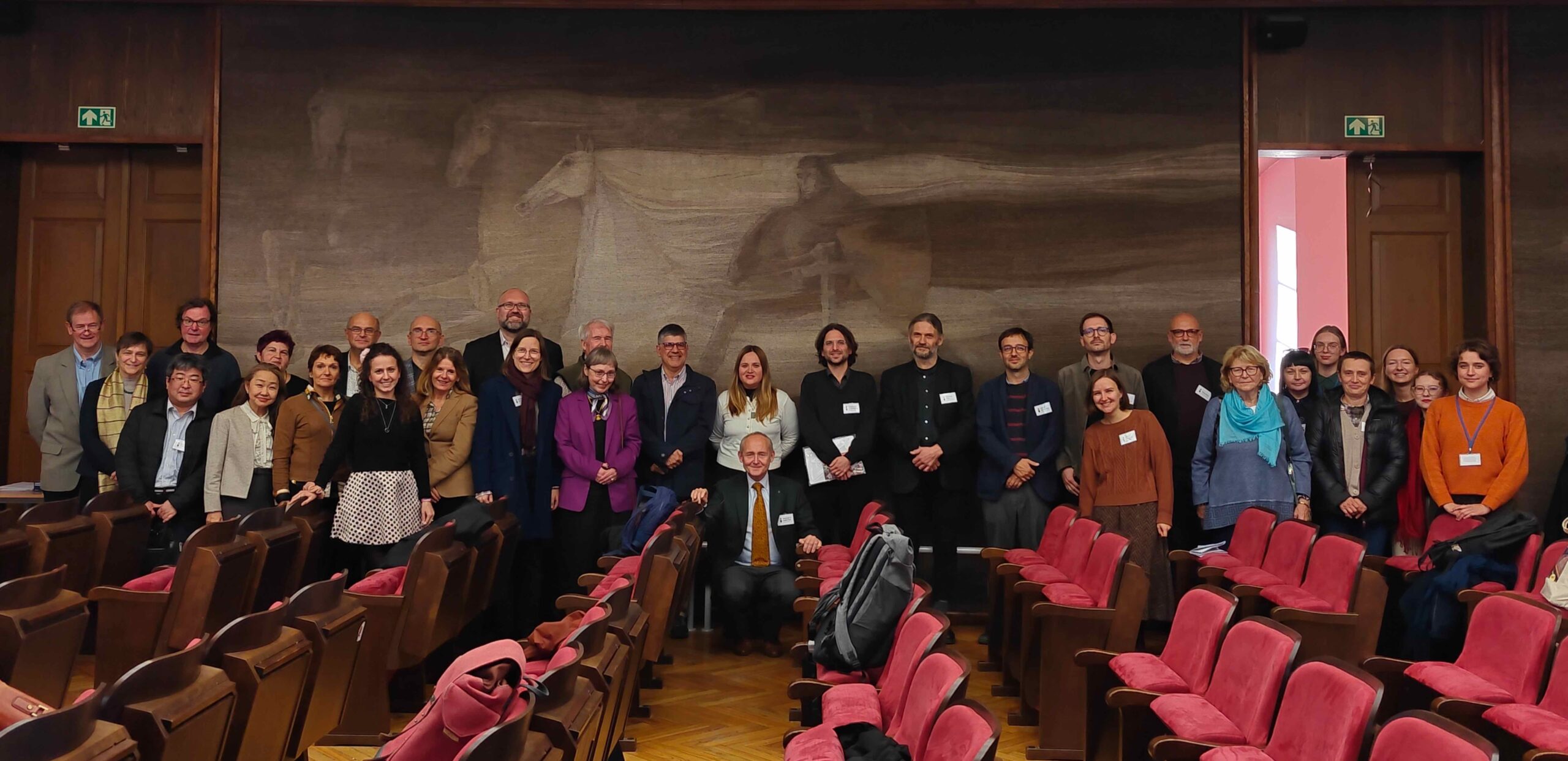
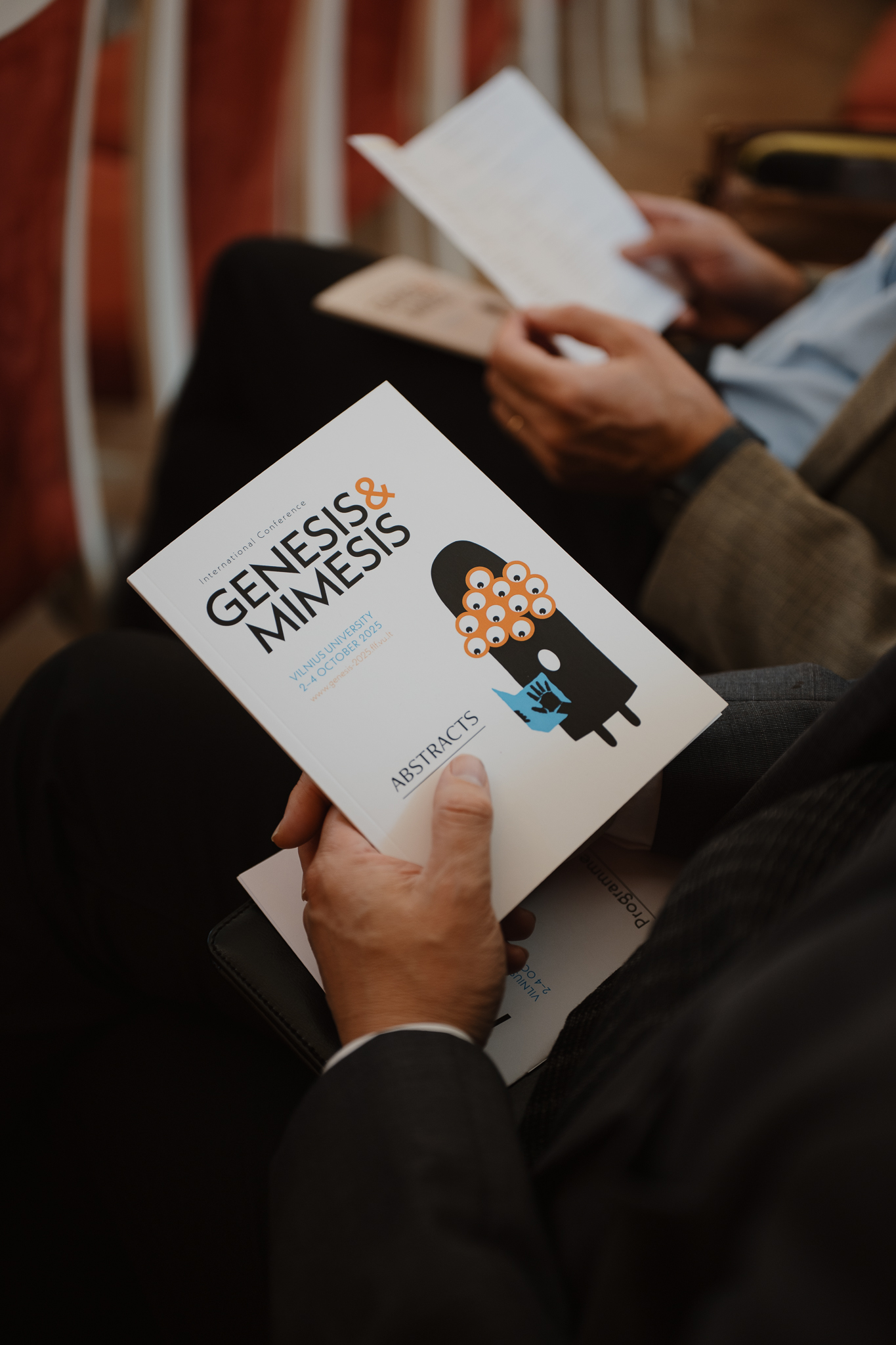
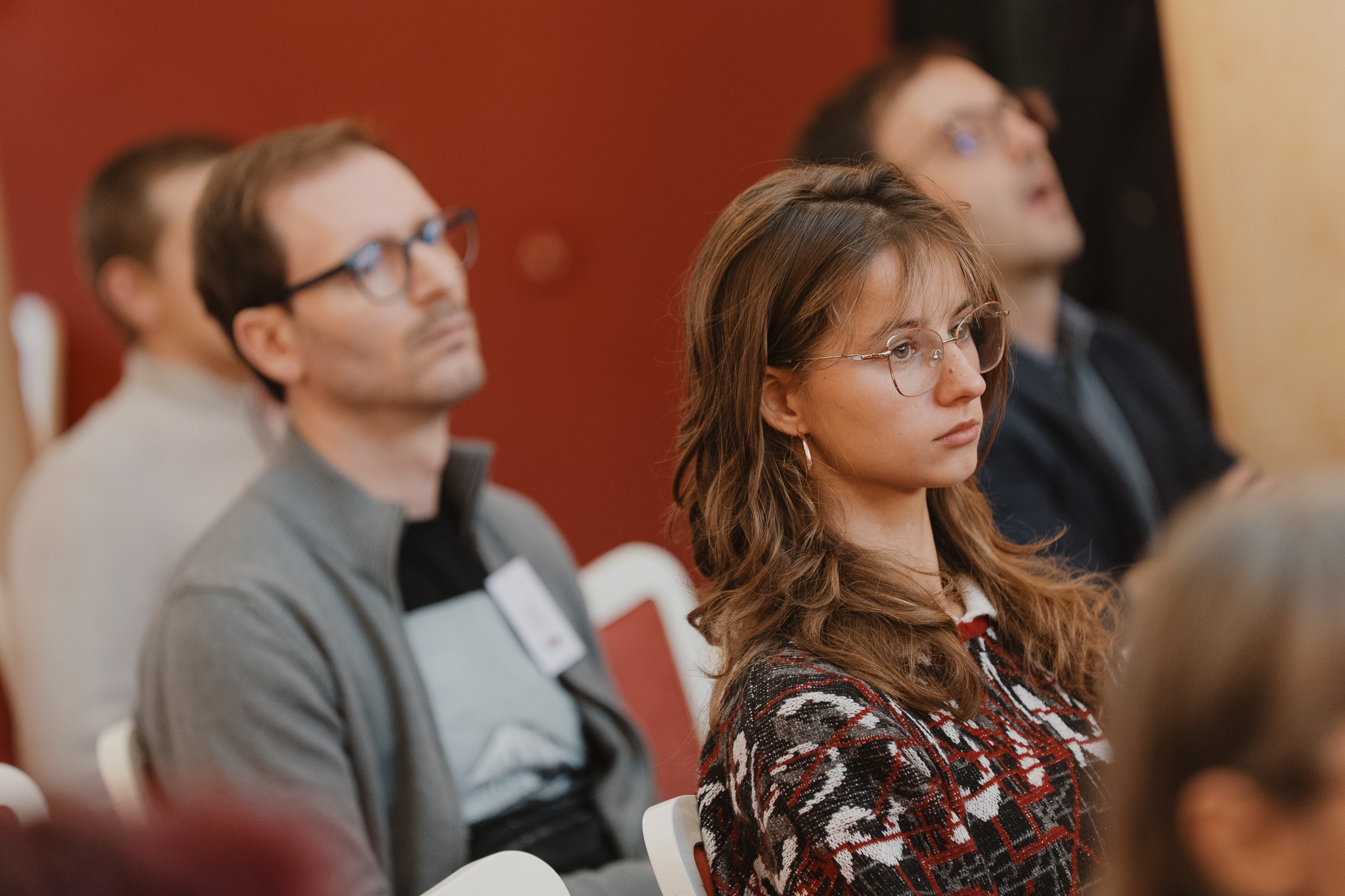
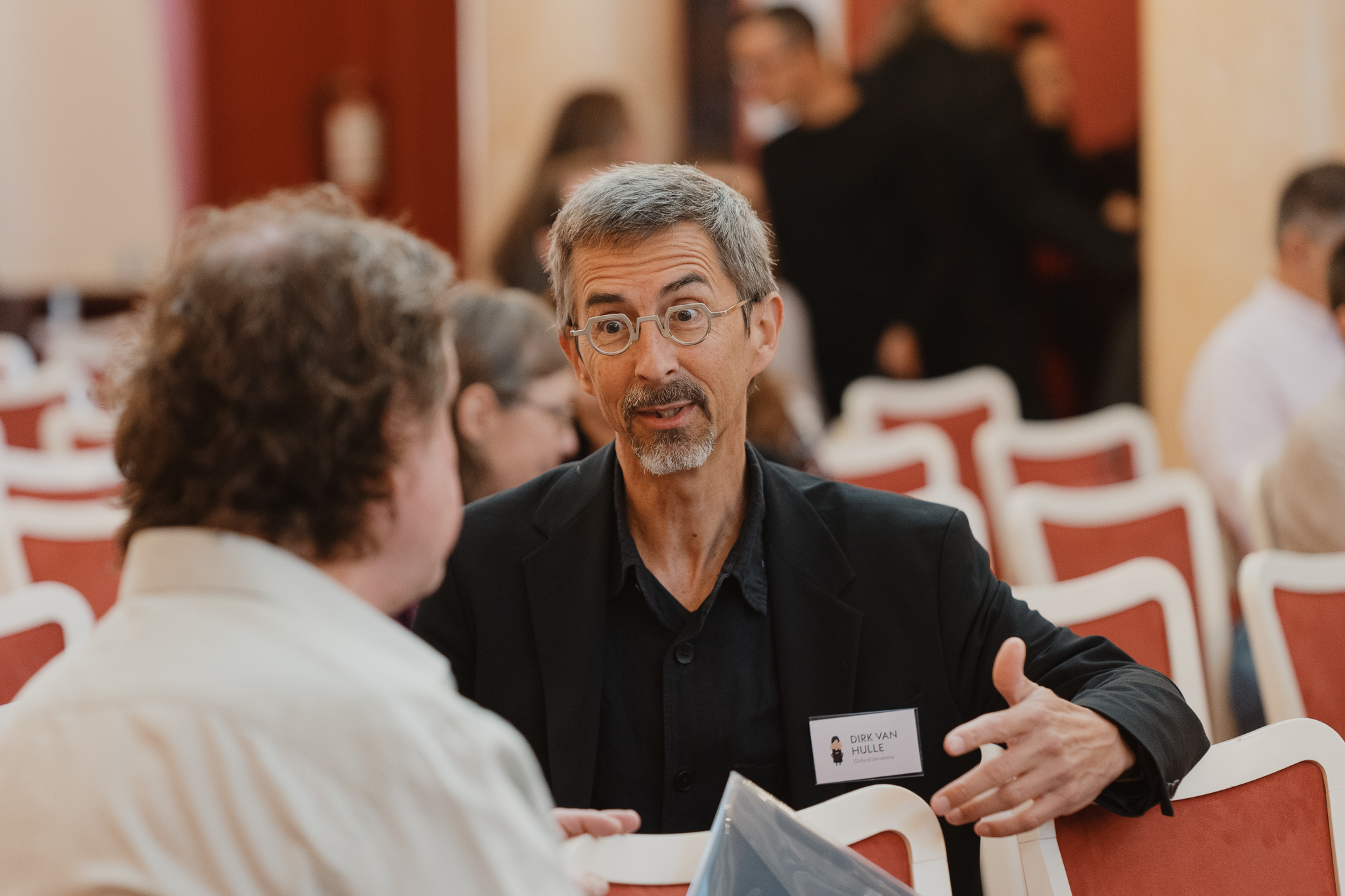
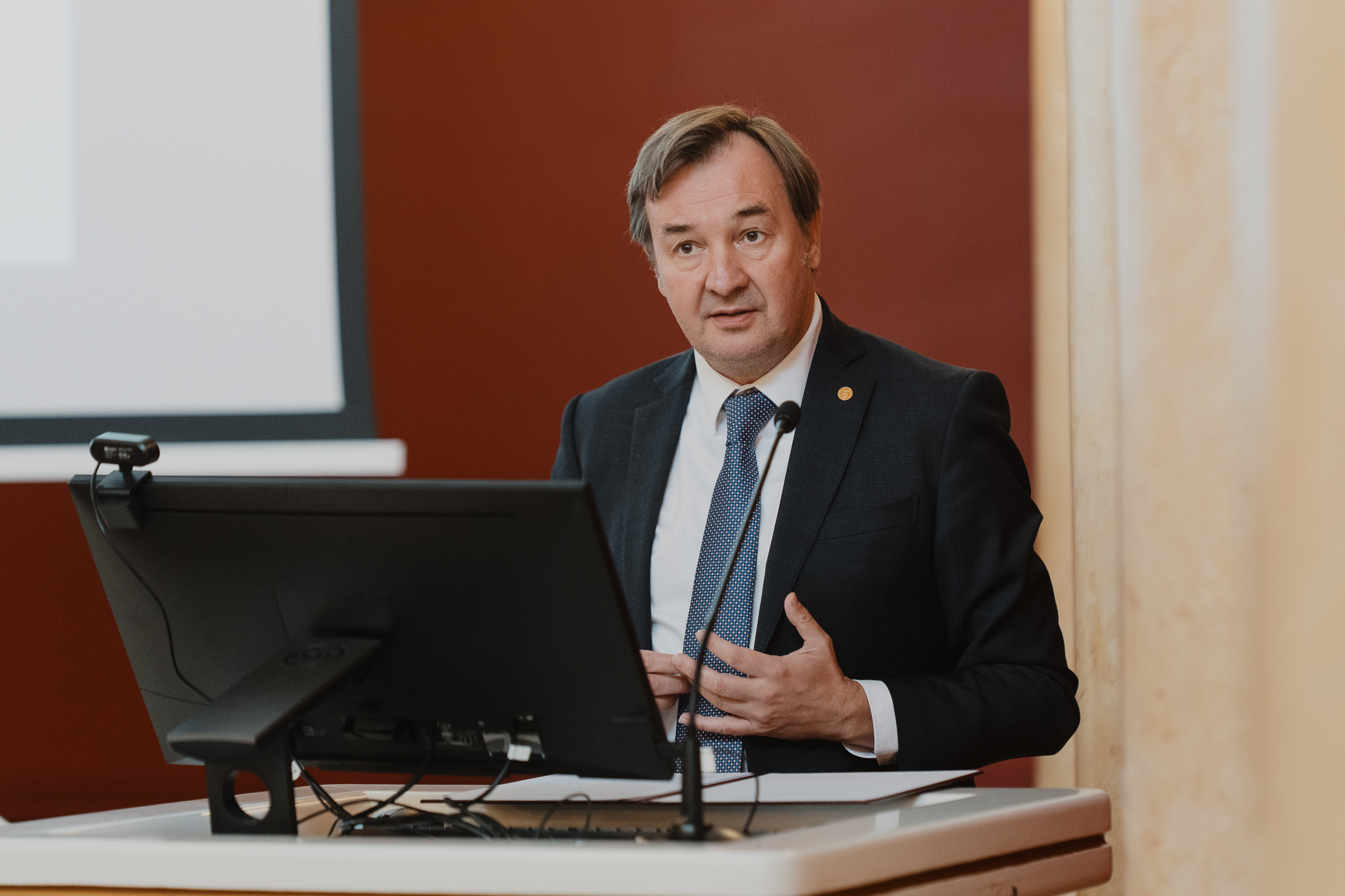
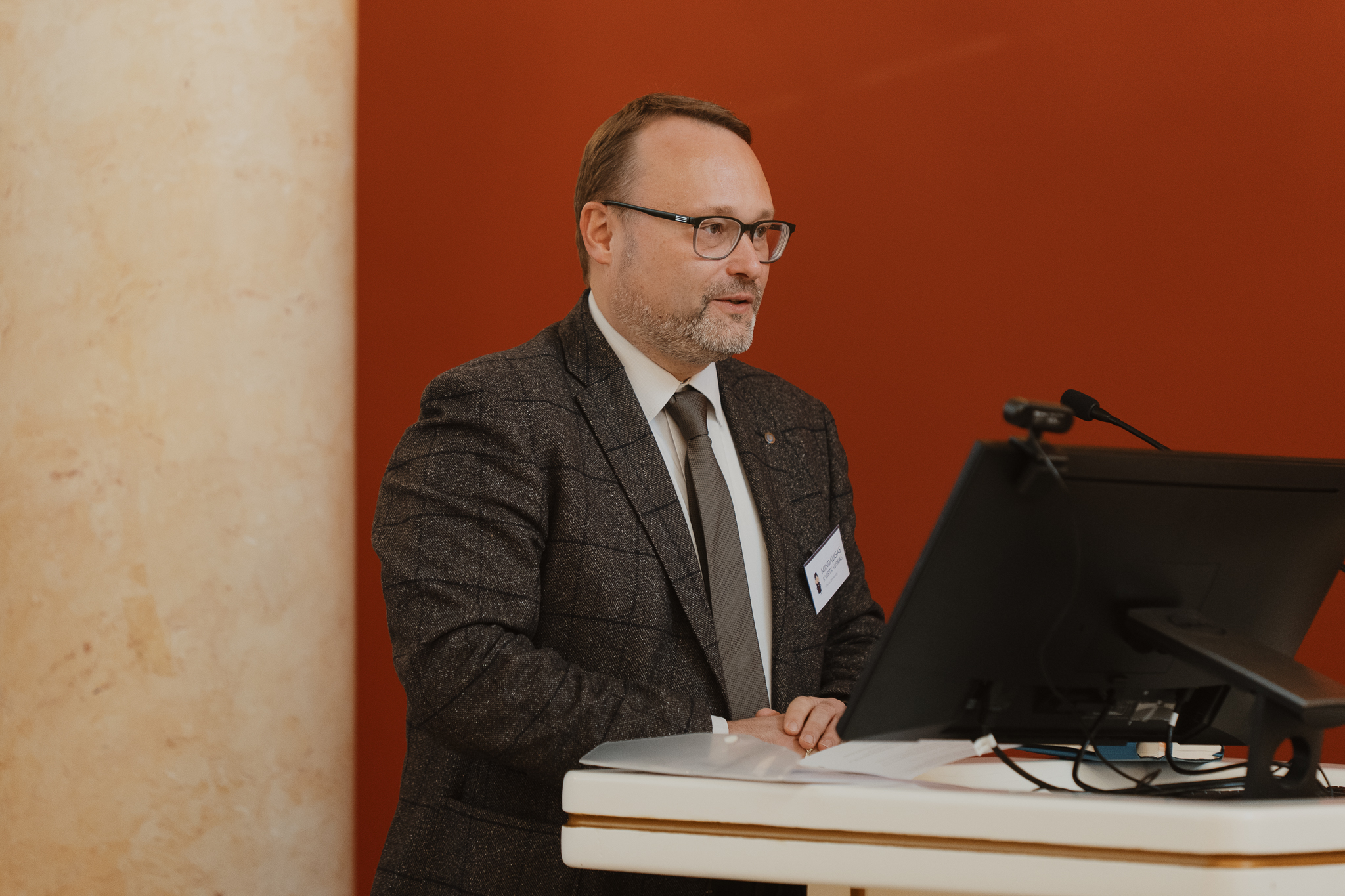
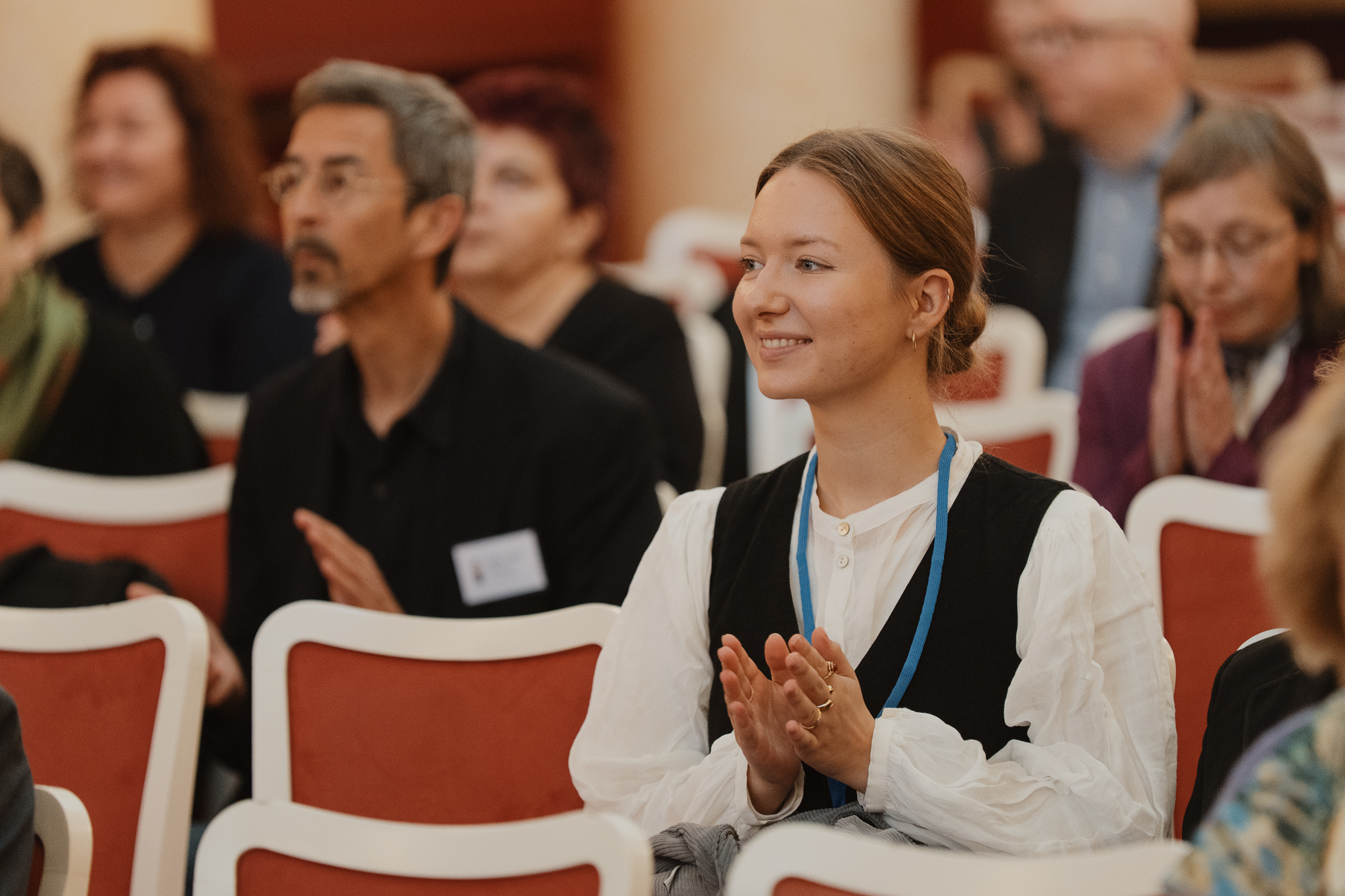
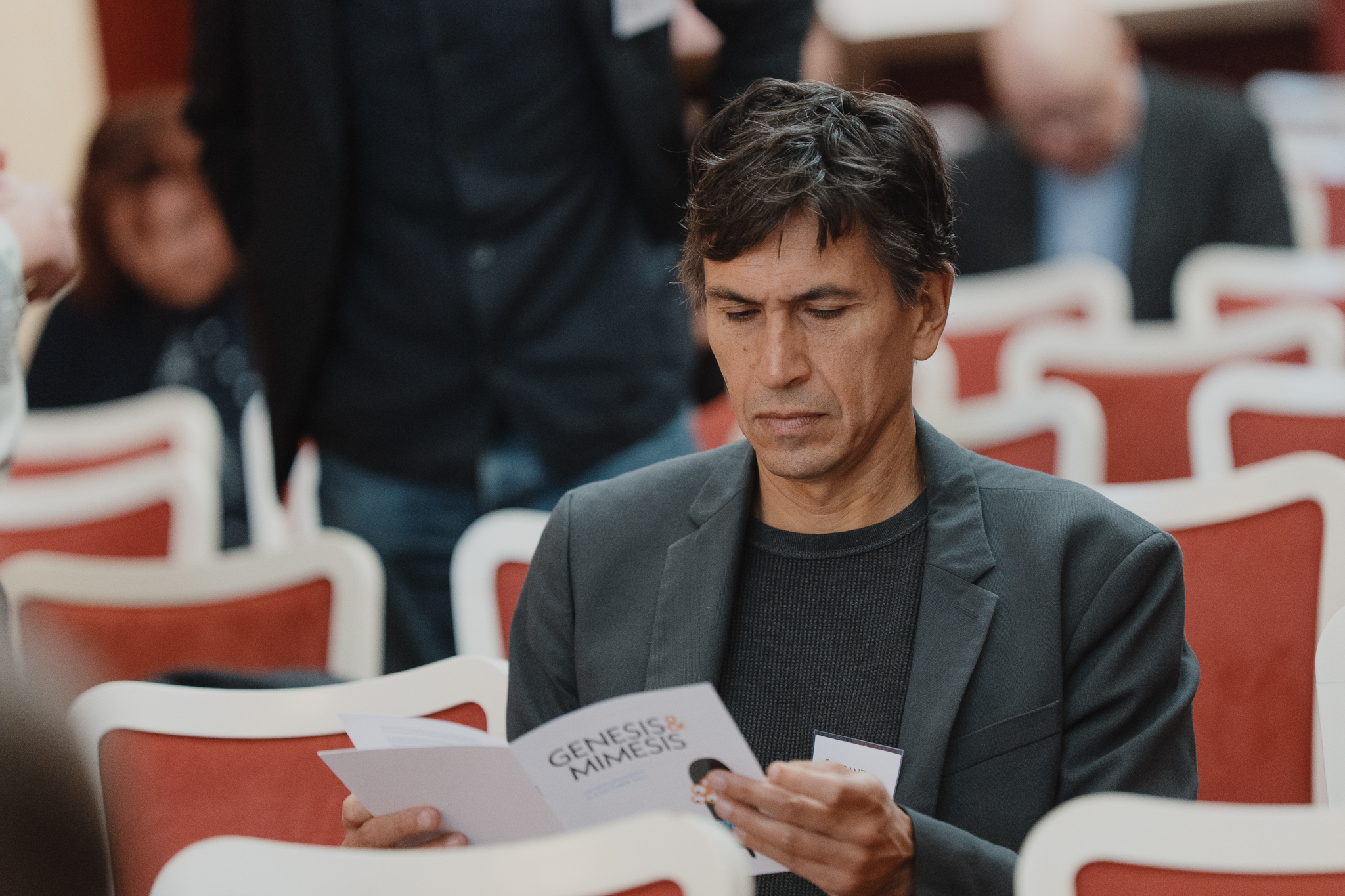
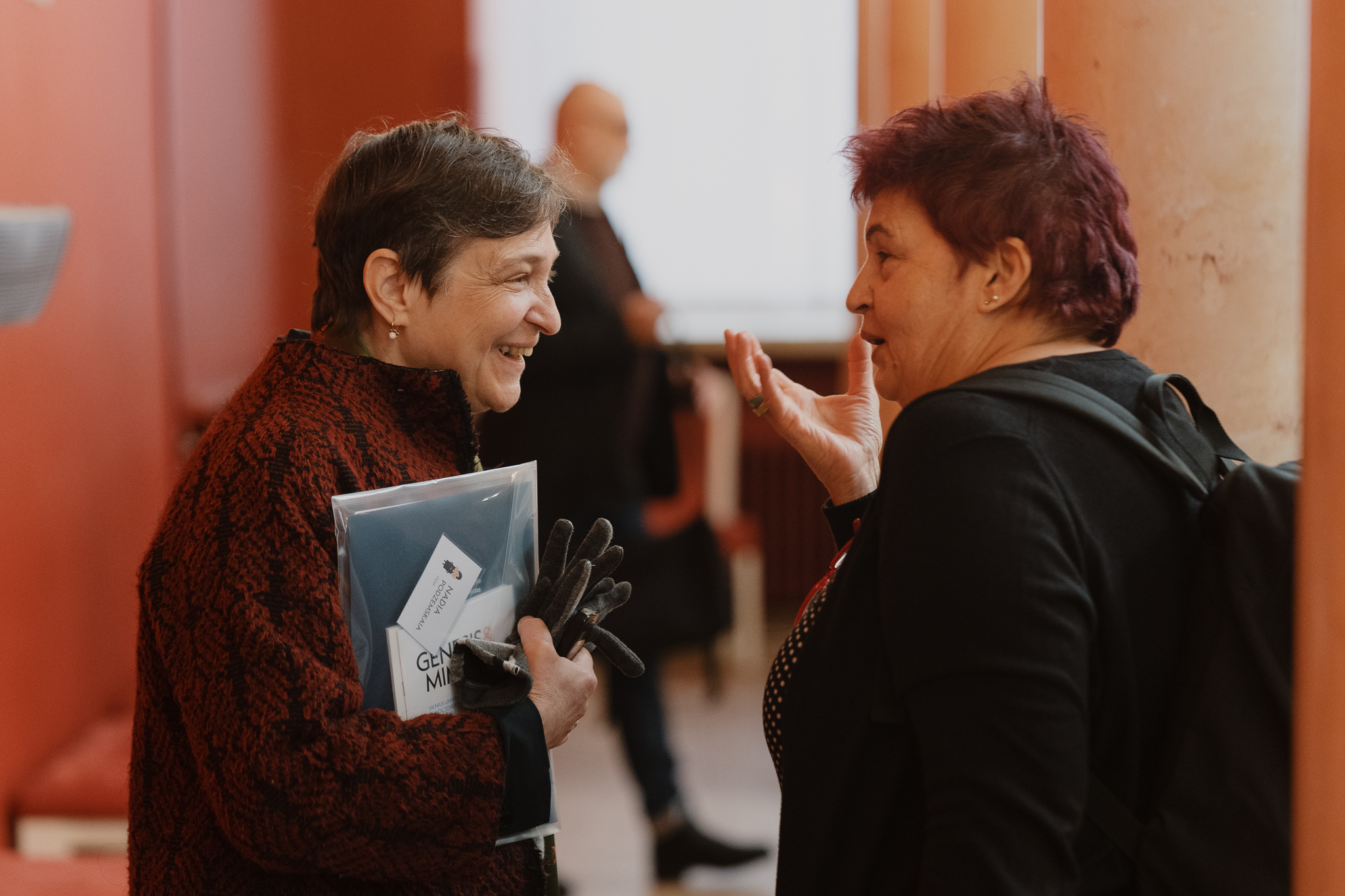
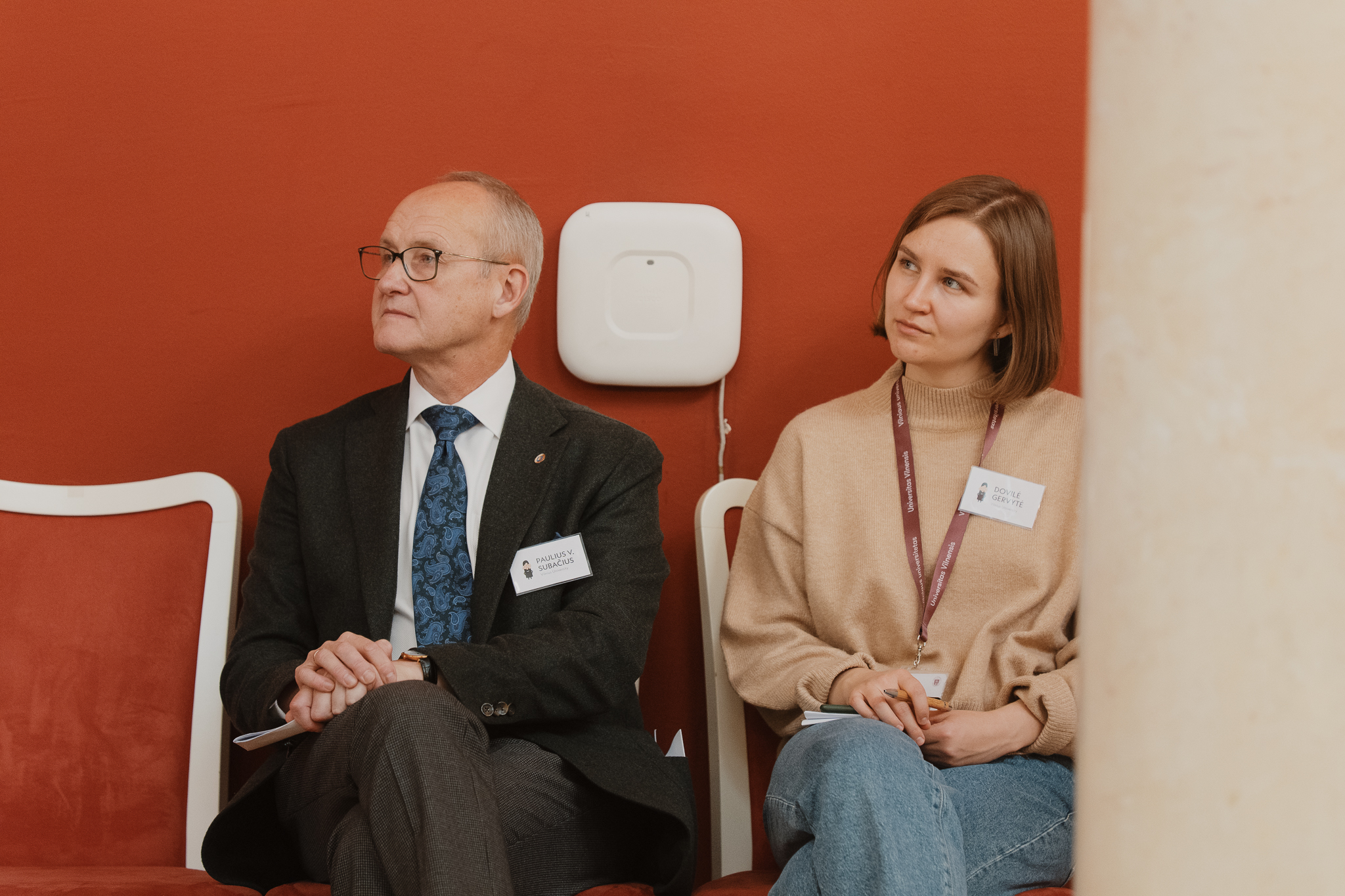
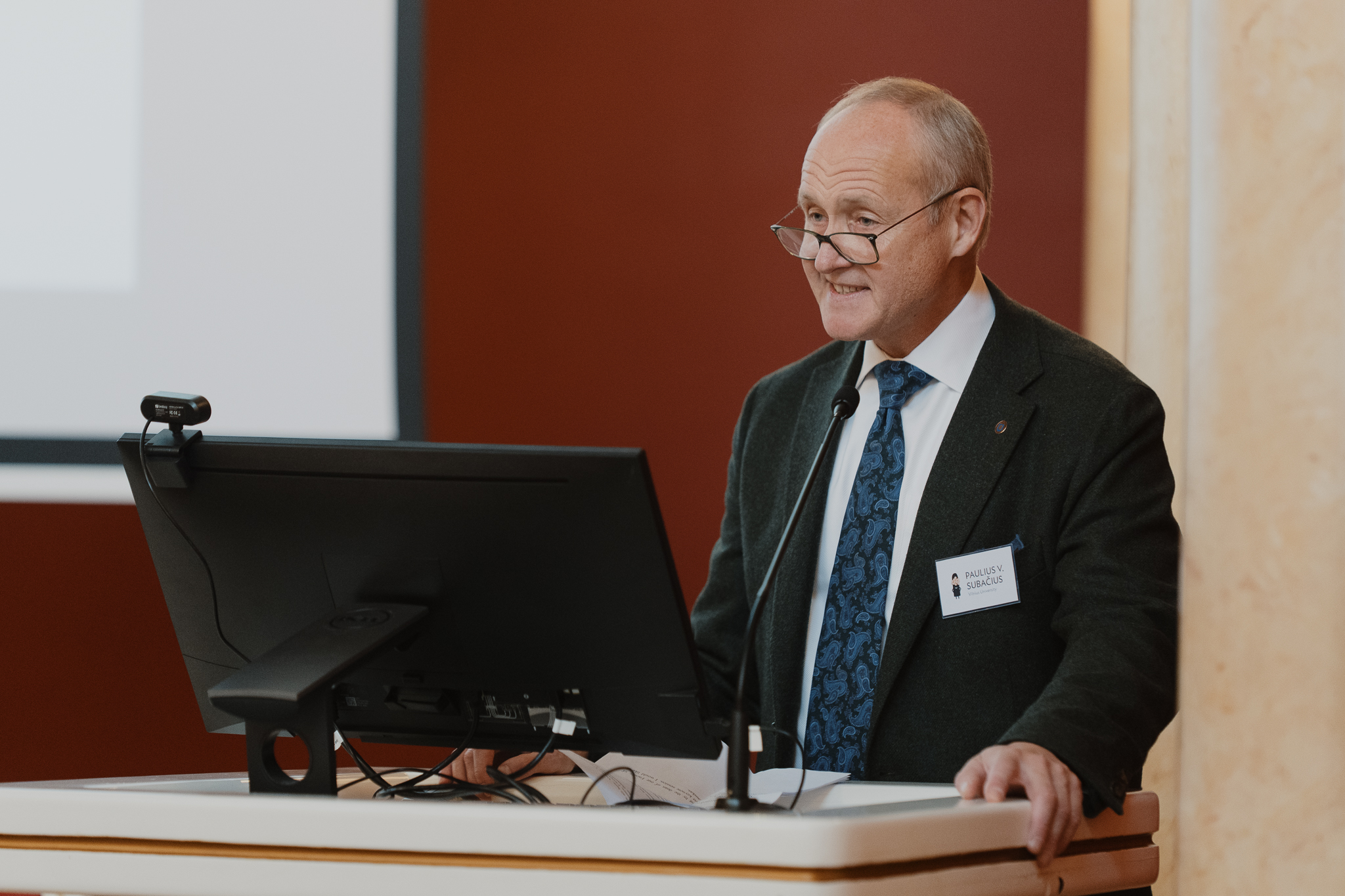













 Genesis Conferences series
Genesis Conferences series